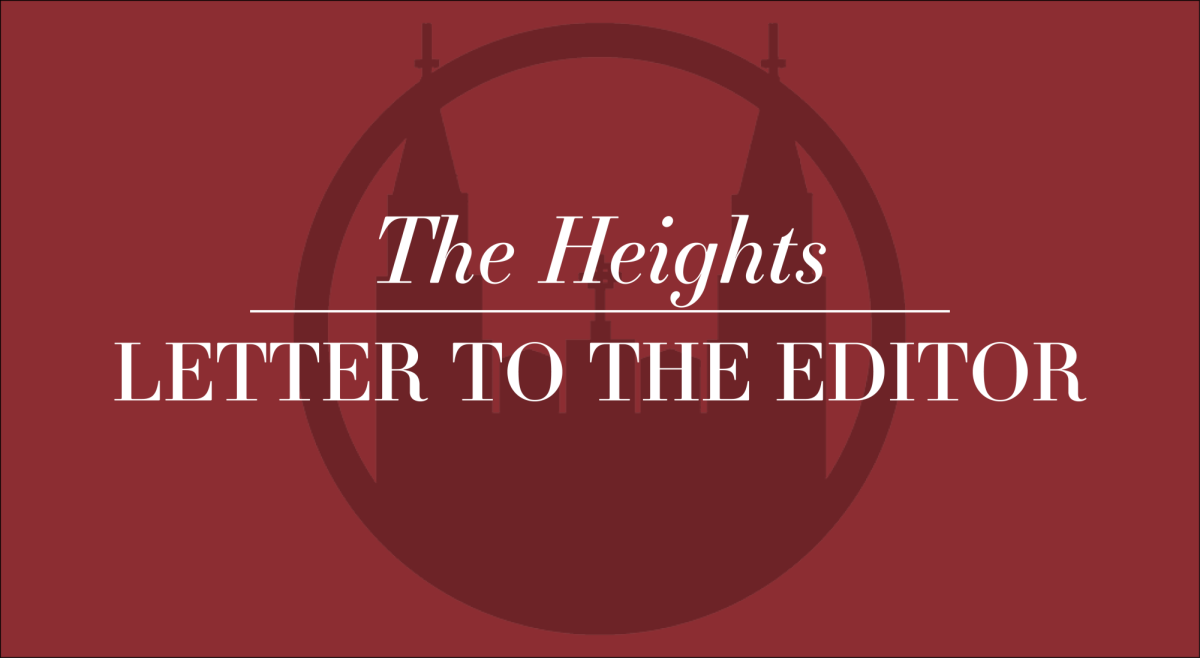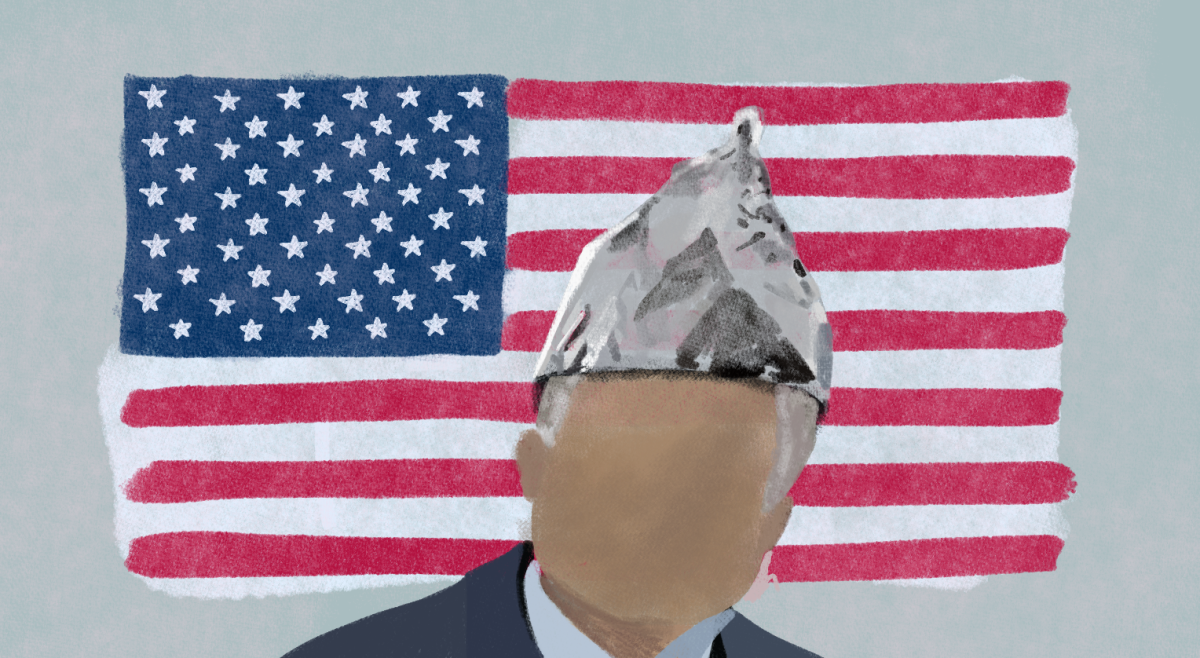Last spring, I wrote a brief legal analysis of the developing landmark Supreme Court healthcare case of King v. Burwell. It ended in a court decision that ultimately upheld the Obama administration’s regulatory interpretation of one of the most important provisions of the Affordable Care Act, or Obamacare. The ruling was that the Treasury would be barred from allowing premium subsidies to be given to individuals who live in any of the 34 American states that have not established their own “exchanges,” even if the individuals had otherwise met the eligibility criteria for the subsidies.
Although it should be noted that the loss of eligibility for a subsidy does not necessarily mean a loss of an individual’s aggregate healthcare coverage, insurance enrollment within state exchanges is governed by other provisions within the Affordable Care Act, as well as pre-ACA federal and state insurance laws. This adds another level of bureaucracy to an already inefficient and encumbered system of obtaining health insurance.
Regardless, many interpreted the Supreme Court’s decision as a final legal bolstering of the Affordable Care Act and as a definitive end to the intense debate over the broader issue of Obamacare. In fact, President of the United States Barack Obama himself concluded after the Court had reached its decision that “the Affordable Care Act is here to stay.”
The reality, however, is that the practical effect of the ruling is to uphold the status quo while the ever-volatile political winds remain in favor of the Democrats and the Obama Administration. After all, with paradigm shifts in the House of Representatives and Senate brought about by the latest midterm elections and with the future of a Democrat president hanging in the balance, the future of Obamacare seems very precarious. In the meantime, the law’s existing problems will continue to percolate while new issues will arise as a result of delayed provisions of the Affordable Care Act taking effect in the near future.
Because the Affordable Care Act’s operational problems primarily stem from fundamental design flaws in its legislation, it is not outside the realm of possibility that Congress will sooner or later repeal and replace the Affordable Care Act with simpler and better alternatives. These alternatives will likely appropriate states the authority to regulate insurance subsidies and premium distribution to some (perhaps a large) degree.
At this point, state lawmakers must assume that the Affordable Care Act will not continue to exist as initially constituted. Edmund Haislmaier of the Heritage Foundation posits that “in the interim, [state lawmakers] should minimize risks and costs by limiting their state’s exposure and involvement [as currently stipulated by the Affordable Care Act].”
Future ACA exchanges can primarily be avoided by steering clear of state exchanges (which, for the 34 states that have not adopted the changes, is only as far as the first 16 states steer clear of them). The main purpose of the government-run insurance exchanges is to administer and enforce the act’s absurdly convoluted coverage and subsidy options (it would be interesting to know exactly how many politicians have even read the Affordable Care Act in its totality). The irony is that a corollary ruling of King v. Burwell also stipulated that subsidies can be paid through the federally-run exchange (healthcare.gov), rendering the entire state exchange issue obsolete. Whatever Congress eventually replaces the Affordable Care Act with will likely allow consumers to purchase coverage through existing private channels (i.e. ehealthinsurance.com).
It is also in the best interest of the states to reject the Medicaid expansion. Currently, Medicaid spending is radically disproportionate to other state financial obligations and priorities. Also, the expansion requires additional spending with higher costs accumulating over time. Most importantly, it is crucial to prevent additional funding to a program already struggling significantly to serve its existing enrollees. The “bandage effect” simply will not work here.
States must also be wary of overinvesting in “State Innovation Waivers,” which are conditioned on requirements that alternate coverage and subsidy designs be the same as those expressed in the Affordable Care Act (shrewd but very transparent calculation by the Obama Administration).
Most importantly, states must begin considering putting a replacement in place before the Affordable Care Act is repealed. First, they should review the cost of mandated benefits as a way to assess the validity of benefit requirements. Next, states must assure appropriate age rating regulations to a less restrictive age rating ratio for premiums.
At the heart of reform is establishing coverage options for those with pre-existing conditions. The most egregious flaw of the Affordable Care Act was imposing a blanket federal prohibition on pre-existing conditions. In the aggregate, states have a considerable amount of work to do as the U.S. prepares for a new president in 2016.
Featured Image by Francisco Ruela / Heights Graphics













